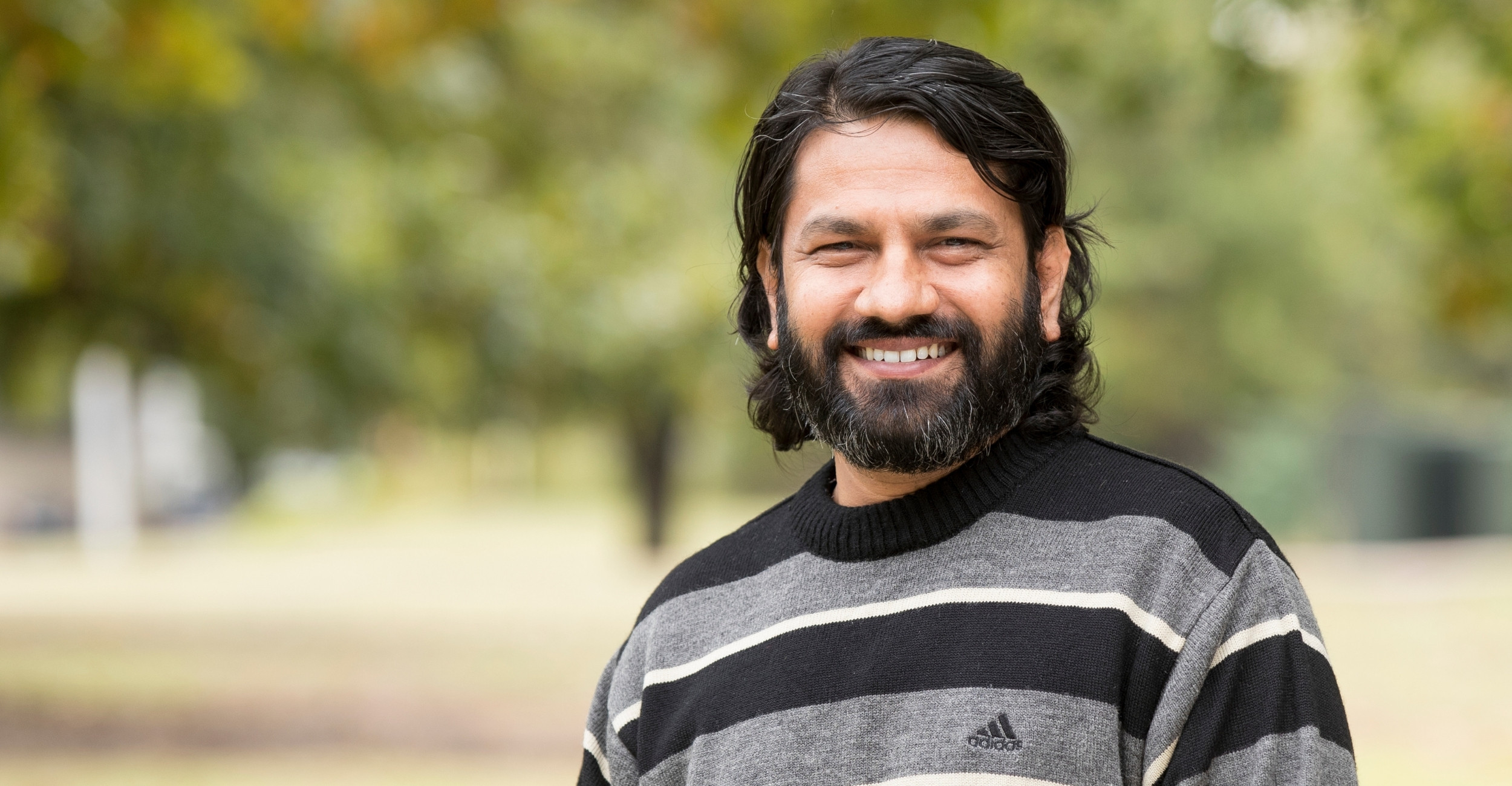
Uncovering the Roots of Cancer: Jha’s research at the OSU College of Veterinary Medicine
Monday, November 24, 2025
Media Contact: Bailey Horn | Marketing Specialist | 405-744-6728 | bailey.horn@okstate.edu
At the Oklahoma State University College of Veterinary Medicine, Dr. Sudhakar Jha leads a lab focused on understanding a central challenge in cancer biology: what triggers cancer to develop, persist and return, and how scientists can stop it at the source.
Jha’s lab studies two major areas of cancer development. The first centers on cancer stem cells, a small but resilient population of cells that can survive treatment and regrow.
“You can wipe out most of the cancer cells, but these stem cells hide,” Jha said. “They are the ones that stay behind and allow the cancer to grow back again.”
His team works to understand how these cells originate, what makes them different from other cells, and how they can be targeted to prevent recurrence.
The lab’s second area of focus looks at virus-induced cancers. Certain viruses can infect healthy cells and transform them into cancerous ones, a process Jha’s team investigates at the molecular level. Both lines of research apply to human and animal health, and Jha emphasizes the value of a One Health approach, noting that similar strategies can benefit both.
Jha began studying cancer in 2003, the same year he completed his Ph.D. from Jawaharlal Nehru University in New Delhi, one of India’s leading research institutions. During his postdoctoral training, he identified pathways that are hijacked by the virus and demonstrated how we can exploit them for cancer treatment.
After completing postdoctoral training at the University of Virginia and leading his own research group in Singapore, Jha joined OSU in 2021. Since then, his lab has made progress identifying what sets cancer stem cells apart from the rest of a tumor. Earlier this year, his team published findings revealing a key pathway tied to these cells’ ability to remain dormant and resist treatment. Another paper under revision explores the mechanism in more detail.
A recent discovery Jha is especially excited about involves identifying molecules on the surface of cancer stem cells. These molecules may serve as targets for antibody-based therapies that could seek out and destroy the cells responsible for regrowth. Jha compares the idea to removing a weed at its roots rather than trimming it at the surface.
“If you take away the roots, you solve the problem,” he said. “For cancer, it’s the same. You need to get to the root of it.”
Training future scientists is also central to Jha’s work. His lab typically hosts four or five students at a time, including graduate students and undergraduates. Students are paired with mentors, gain hands-on research experience, and receive financial support through fellowships.
“It’s a good deal for all of us,” Jha said. “Students get experience and motivation, and we get bright minds contributing to important research.”
Jha hopes his work will lead to more effective cancer treatments and, eventually, a therapy that can shut off the switch that turns a normal cell into a cancerous one.
“If we can identify that switch and learn how to control it, that would be great,” he said. “That’s the goal.”
